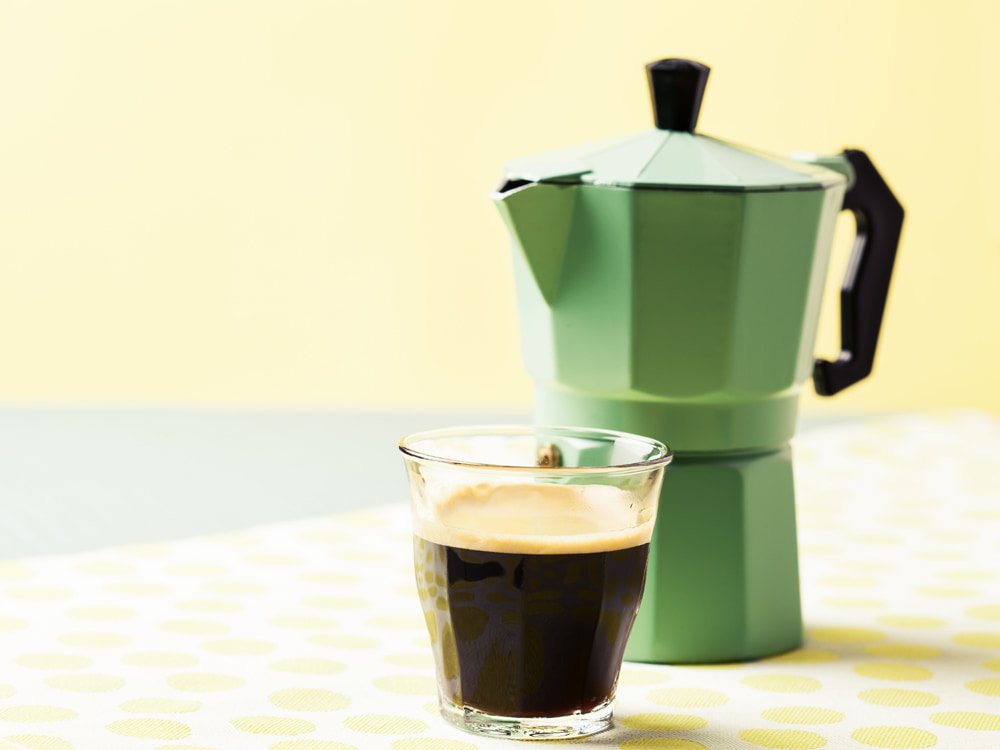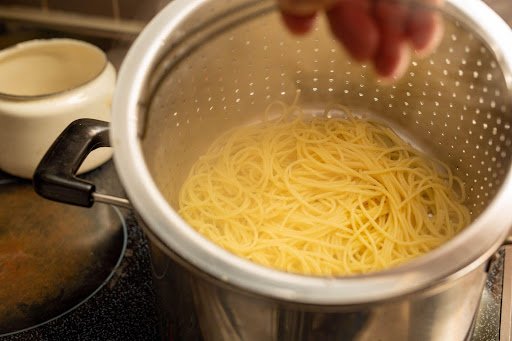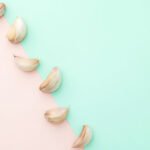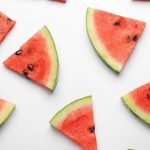
Have you ever considered making your own fresh delicious butter? Most people think that the traditional method of churning is time-consuming and physically exhausting. Yet, this could not be further from the truth. Whether you are making butter by hand or by a machine, it can be done in as little as ten minutes with some very positive health benefits.
We review two types of butter churners that will allow you to make your own butter, as well as teach you how to design your own old-fashioned churner.
Our review consists of:
The Butter Churner

Churning butter involves the process of shaking whole milk or cream to compose butter. Churning can be done manually by repeatedly shaking milk/cream until it solidifies to a thick creamy texture. However, it is easier to use a butter churner instead.
Developed in Europe during the Middle Ages to the Industrial Revolution, a butter churn consisted of a barrel with a plunger. The plunger was originally moved by hand, then later replaced by mechanics.
Butter tends to be composed of the fat from milk. It is made from sweet cream (cream skimmed from milk as opposed to whey). Sometimes salt is added to it. However, if you are health conscious, unsalted is available as well. Unsalted, or sweet butters, are usually used more commonly in Europe. It can be made from bacteriologically or acidulated soured cream.
Until the 19th century, butter was created from cream that has been standing and naturally soured. Cream was skimmed from the top and poured into wooden tubs. Making butter was done by hand using churns.
The danger, though, was that butter could be infected by microorganisms that often spoiled the butter. Commercial butter-making uses better methods of hygiene, heat treatments, and acidifying.
The Process
The process involves changing whole milk to butter by transforming fat in water emulsions to water in fat emulsions. Whole milk contains globules of tiny fat with lipoprotein membranes that prevent the globules from combining.
Butter is composed of cream separated from whole milk and has undergone a cooling process. Fat droplets can easily clump together when hardened as opposed to soft. Making good butter depends on the cream’s fat content and acidity.
Churning is done by:
- Physically agitating the cream until the membranes surrounding the milk fat rupture. Once ruptured, the droplets are able to join and form fat clumps.
- As you continue churning, larger clusters form until a network with air bubbles are generated. The churning traps the liquid producing a foam. As they increase in size, there are fewer membranes available to enclose air cells. Bubbles end up popping, running together and leaking foam. The leakage is known as buttermilk.
- Cream then separates the butter and the buttermilk. Buttermilk is drained and the butter is kneaded forming fat crystals that become a single emulsion.
- By working the butter, it will become smoother. Water droplets will eventually become finely dispersed in fat that the texture appears to be dry. It is frozen to form cubes, melted, and refrozen into larger chunks for sale.
Green Bay Butter Churner
In the 1800s, a Green Bay butter churner was a machine that was hand-operated to create butter. It has a wooden bucket with an attached plunger. The plunger has an axle and crank attached to it that will turn the axle.
To make butter, milk is poured into a bucket and turned by cranking the plunger for five minutes. It will thicken for churning.
To remove the unwanted solids, it needs to sit overnight so it will settle on top of the liquid. The clumps, called butter curds, begin to form. The clumps are skimmed using a slotted spoon, then used in cooking.
Today, the butter churners are valuable and unique. They were commonly used by rural families who didn’t want to buy butter from the store. The entire process takes 30 minutes and provides one pint of rich-tasting butter.
The benefits of churning butter are the prevention of lactose intolerance and lower cholesterol from reduced saturated fat.
Butter Churners
For those who don’t want to create their own DIY butter churner, or who are looking for a simpler way to make their own butter, there are machines available.
Best Overall: ONGROK Butter Maker Machine

With this machine, you can make homemade naturally infused butter in under one hour. Once you are finished, the machine self-cleans to take care of the mess. You can make not only butter but oils, coconut oil, tincture drops, topicals and more.
Composed of food-grade stainless steel, the ONGROK Butter Maker is completely safe to use. The design is compact and fits easily into any sized kitchen.
Pros:
- Small footprint
- Accessories are dishwasher safe
- One year warranty
- Comes with silicone gloves, double-stitched nylon strainers and a mold to make butter sticks
- BPA free and heat resistant
Cons:
- May glitch at times so it needs to be monitored
- Mixture may stick to the walls of the infuser
Best Handmade Butter Churner: Kilner Small Manual Butter Churner

Individuals can make fresh butter within minutes with this churner. All you need to do is add whipping cream, then turn the handle. The geared paddles make the work easy.
Pros:
- Includes recipe book
- Make butter in ten minutes
- Visual results
Cons:
- Handwash only
- Jar may easily slip as there is no solid grip
FAQ
How to make a butter churner?
Use a 5-gallon bucket with a lid. Cut a hole in the lid of the bucket. Place the handle of a wooden agitator in the hole in the lid. It can be moved up and down or sideways to create butter. By keeping it moving, butter will form.
The adjustor can be made from a three-foot-long wooden handle combined with an eight-inch piece of round wood attached to the bottom. Some designs use an x shape at the bottom. Both will work equally well.
What is a butter churner?
A butter churner is a bucket with a plunger that is used to create butter. The plunger contains a crank and axle to create butter. It separates the cream from the milk to form butter.
Butter churners aren’t difficult to make, and there are health benefits to creating your own. Homemade butter contains less salt, fewer fats, and can lower your cholesterol. It may be a very heart-healthy decision depending on how you make it.








